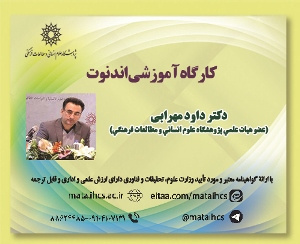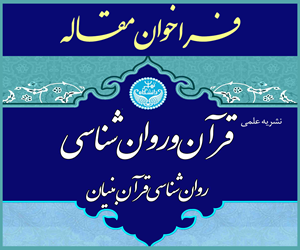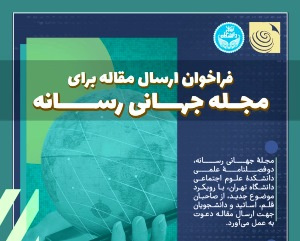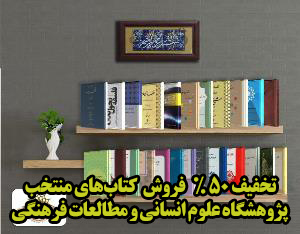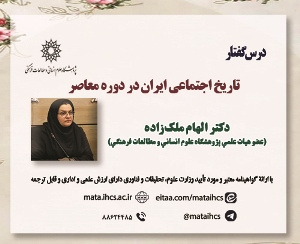تبیین مؤلفه های موثر در احیاءگری مسکن (مورد پژوهی بالکن) (مقاله علمی وزارت علوم)
درجه علمی: نشریه علمی (وزارت علوم)
آرشیو
چکیده
زندگی در نواحی شلوغ شهری و خانه های حداقلی، و مواجهه با استرس در طولانی مدت، سلامتی جسمی و روانی شهروندان را تهدید می کند. در این راستا، محیطی که با دور کردن فرد از زندگی روزمره امکان استراحت، پاک سازی ذهن و تمدد اعصاب را فراهم آورد، محیطی مطلوب بشمار می آید که علت آن برخورداری از قابلیت «احیاء» است. مطالعات بسیاری بر قابلیت احیاءگری «طبیعت» اشاره دارد چراکه تماس با طبیعت می تواند موجب بهبود استرس و تجدید قوای ذهن شود. پژوهش حاضر به روش کیفی، از طریق مصاحبه نیمه ساختاریافته با 100 نفر از ساکنین دو مجموعه مسکونی در تهران، نشان می دهد بالکن در عرصه مسکن به عنوان یک فضای نیمه بازِ پیونددهنده درون و بیرون، در صورت برخورداری از برخی کیفیت های فضایی ، می تواند از قابلیت احیاءگری بالایی برخوردار باشد. بر اساس نتایج این پژوهش وسعت بالکن -- به شرط امکان استقرار مبلمان کافی و امکان انجام فعالیت در آن، عمق بالکن -- به شرط تامین محرمیت نسبی—و موقعیت بالکن از سطح زمین—به شرط تامین دید و منظر مناسب، قابلیت احیاگری بالکن را بطور قابل توجهی افزایش می دهد نتایج این پژوهش ضمن آشنا کردن معماران و طراحان محیط با موضوع احیاءگری، آنان را نسبت به لزوم ارتباط با طبیعت از طریق تخصیص سطوح مناسب به بالکن در ساختمان های مسکونی حساس می نماید.Investigating of physical attributes on residential restorativesness (Balcony case study)
Living in crowded urban areas and minimal houses, and exposure to pressure and environmental stress, threatening the physical and psychological health of citizens in the long run. In this regard, an environment that facilitates the relaxation of the mind from everyday life conditions is a preferred environment. The reason for the preference of such environments is the ability to "restoration." Such as "Restorative environments" by repairing the resources and depleted capacity of the individual, enables them to meet their needs and demands. The studies of restoration environment are concentrated on the benefits of communication with nature, and during thirty years of its existence, so far in its different socio-cultural platforms, this theory has been frequently used and tasted. According to the position of nature in Iranian culture, attention to this theory is relevant in the socio-cultural context of Iranian, especially in today's conditions that tangible communication with nature, especially in metropolitan, has been weakened. Due to the presence of long hours of special classes such as disabled, elderly, children and women in the home, new working conditions such as teleworking and attention to the home as a place to escape from work outdoors, it is necessary to contemplate the possibility of clearing of mind and relaxation in the home context. Since this approach, like other approaches to environmental psychology, is valuable when it leads to the improvement of users' health by leading experts to planning and design, it is necessary to identify the types of restoration environments and their characteristics. The present study attempts to explore the physical and social components of the restoration in the context of daily life to recreate the restoration environment. in this regard, two questions arise: "How individuals seek refuge after dealing with the pressures and limitations of everyday life?" and "What is the specification of a restoration environment?". In this study, a semi-structured interview with 100 inhabitants of two residential complexes in Tehran, in the framework of theoretical studies, is taken to test the restoration theory in the socio-cultural context of Iran and to extract the vocabulary and phrases refer to restoration and to clarify this concept. The present study shows that it can be found restoration in residential environments on a different scale ranging from micro to macro. Despite all the benefits that are associated with the surrounding nature such as communal spaces between structural blocks and neighborhood park, the limitation of such collective spaces in many minimal residential complexes and also the necessity of frequent experience of nature and the importance of ease of access to it, the "balcony" in the housing arena as a semi-open space in and outside, in case of having some spatial qualities and the possibility of carrying out different activities in it, can be very restorative. The results of this research, while introducing the architects and the designers of the environment with the topic of restoration, make them sensitive to the experience of nature by assigning appropriate levels to the balcony in residential buildings.
